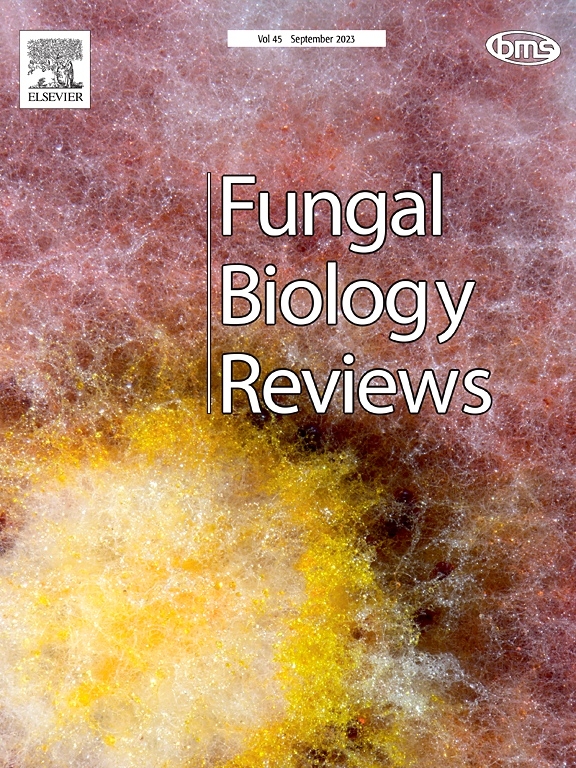Next-generation sequencing provides important insights into the biology and evolution of the Botryosphaeriaceae
Abstract
Next-generation sequencing (NGS) has revolutionized research on fungi including Botryosphaeriaceae, a family of important plant and particularly tree pathogens. This review highlights the impact that NGS-generated genomes and transcriptomes have had on our understanding of the biology and evolution of these fungi. In less than a decade, 49 genomes representing 31 species in eight genera have been published for the Botryosphaeriaceae. These genomes have been used to show that species in this family are capable of sexual reproduction and that the evolution of their mating strategy is highly dynamic, due to multiple independent transitions from a heterothallic ancestral state to homothallism. Comparative genomics has further revealed an abundance of genes involved in infection and aggressiveness. These include plant cell wall-degrading enzymes and secondary metabolite biosynthetic genes as well as genes related to detoxification and cellular transport. Transcriptomics studies have shown that gene expression is tightly regulated and that there are often significant changes in gene expression occurring between early and late infection and as a response to environmental stress. Furthermore, the genomes of species in the Botryosphaeriaceae do not present genomic architecture compartmentalization based on gene and repeat density. Rather, gene organization patterns are influenced by gene co-expression patterns. NGS data have also made possible the development of molecular markers for some species and these can now also be used for species lacking genomic data. The growth of NGS platforms and their integration with other emerging technologies promises an even deeper understanding of the biology and evolution of the Botryosphaeriaceae and other plant pathogens. This will continue to promote and will also revolutionize the field of plant pathology.

 求助内容:
求助内容: 应助结果提醒方式:
应助结果提醒方式:


